Creating a naturalistic habitat for your reptilian friend involves more than just the right substrate and lighting – live plants can transform an enclosure into a thriving ecosystem that benefits both the inhabitant and the aesthetic of your space. However, choosing the wrong plants can pose serious health risks to your scaly companion. Many common houseplants contain toxins that could harm or even prove fatal if ingested. This guide explores the best plant options for reptile enclosures, focusing on safety, practicality, and creating a beautiful habitat that mimics your pet’s natural environment.
Why Include Live Plants in Reptile Habitats?
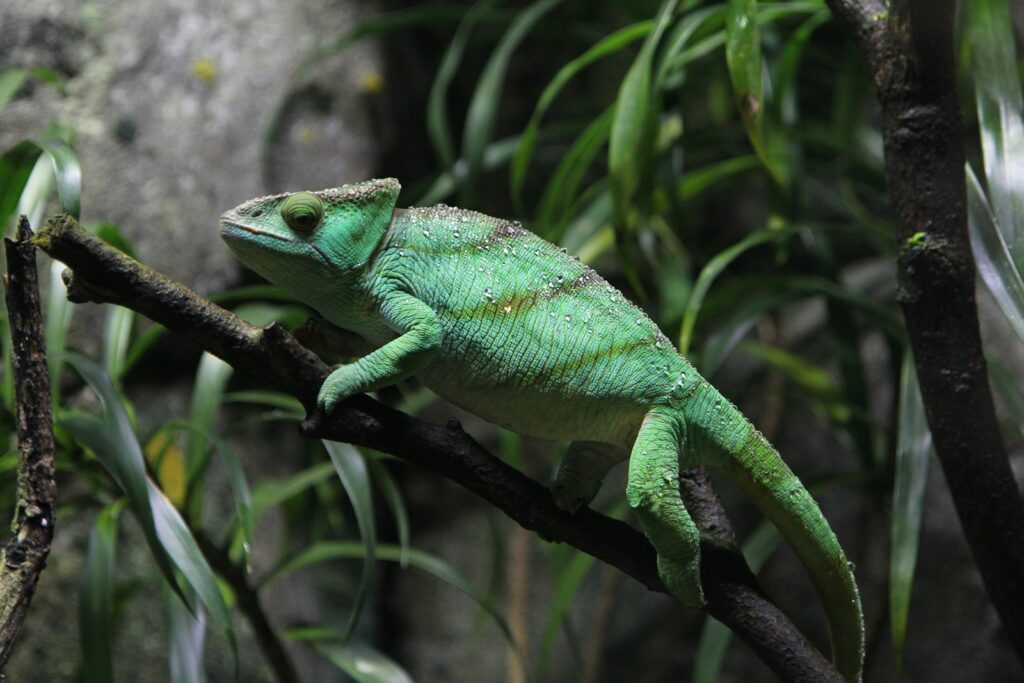
Live plants serve multiple crucial functions in reptile enclosures beyond mere decoration. They help maintain humidity levels naturally, which is particularly important for tropical species that require higher moisture environments. Plants also provide natural hiding spots and climbing structures, allowing reptiles to engage in natural behaviors like exploring and seeking shelter. Additionally, the photosynthesis process improves air quality within the enclosure, creating a healthier microclimate. For herbivorous reptiles, certain safe plants can even supplement their diet, offering fresh nutrition directly within their habitat.
Understanding Plant Toxicity in Reptile Enclosures

Plant toxicity is a serious concern when designing reptile habitats, as many common ornamental plants contain compounds that can cause illness or death when ingested. Different reptile species interact with plants in various ways – herbivores may actively consume them, while others might accidentally ingest plant matter during feeding or exploration. Some plants contain calcium oxalates that can cause oral irritation and swelling, while others produce cardiac glycosides that disrupt heart function. Even plants that aren’t consumed can be problematic if they release volatile compounds or sap that irritates sensitive reptile skin. Always research any plant thoroughly before introduction, and when in doubt, consult with a reptile veterinarian about specific species compatibility.
Air Plants (Tillandsia Species)
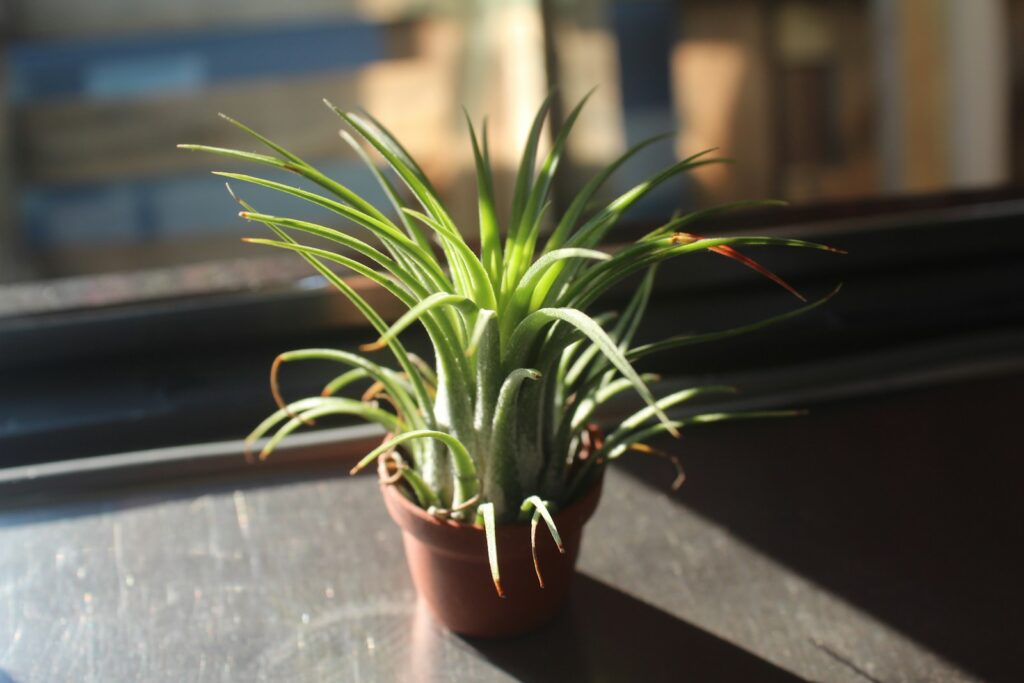
Air plants represent an excellent option for reptile enclosures due to their remarkable adaptability and non-toxic nature. These unique plants don’t require soil, deriving moisture and nutrients from the air through specialized scales on their leaves called trichomes. This soilless nature makes them ideal for enclosures where substrate contamination is a concern. Air plants come in numerous varieties with different shapes and sizes, from small rosettes to trailing forms, allowing for creative placement throughout the habitat. They thrive in the warm, humid environments many reptiles need, though they should occasionally be misted or temporarily removed for soaking in water. Their hardiness and versatility make them particularly suitable for beginners exploring bioactive enclosures.
Spider Plants (Chlorophytum comosum)
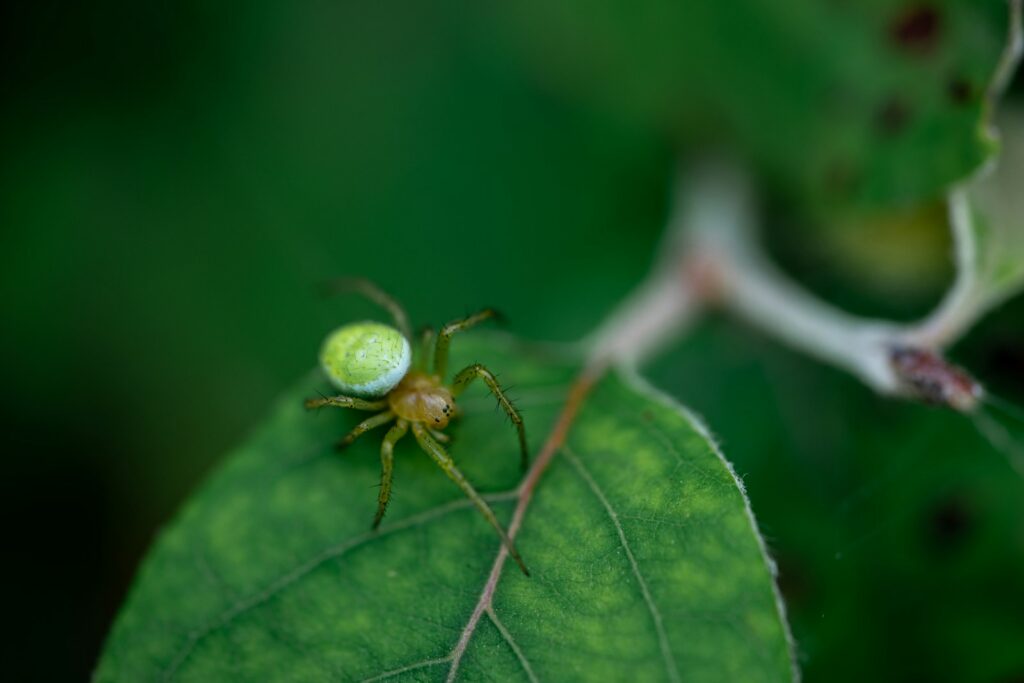
Spider plants have earned their place as reptile enclosure favorites due to their exceptional hardiness and safe profile. These resilient plants produce long, arching leaves that create natural hiding spots and climbing opportunities for smaller reptiles. They adapt well to varying light conditions, though they perform best in bright, indirect light similar to what many diurnal reptiles require. Spider plants are particularly valuable in reptile habitats because they efficiently remove airborne toxins, improving overall air quality. They propagate easily through their distinctive “pups” that grow on trailing stems, allowing keepers to maintain a constant supply of new plants for rotation or expansion. Their ability to withstand occasional physical disturbance from reptile movement makes them practical for active species.
Pothos (Epipremnum aureum)
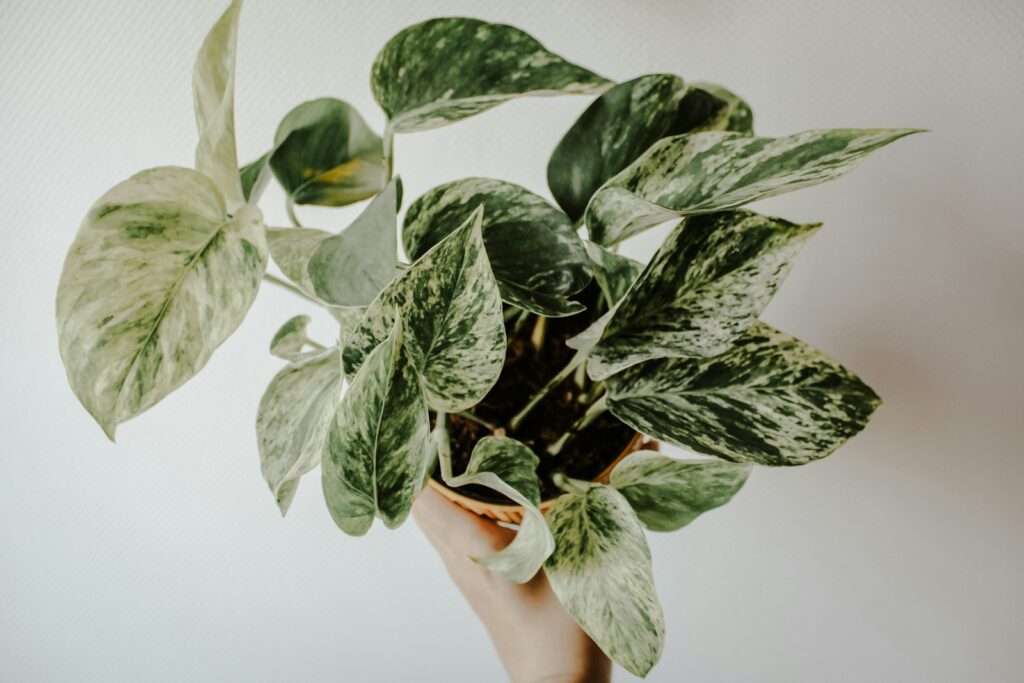
Pothos plants represent a near-perfect addition to many reptile enclosures due to their remarkable adaptability and robust nature. These versatile trailing plants thrive in the varied conditions typical of reptile habitats, tolerating different lighting levels and irregular watering schedules. Their cascading growth habit creates natural climbing surfaces and elevated resting spots that arboreal species particularly appreciate. Pothos effectively contribute to humidity maintenance through transpiration, releasing moisture into the air that benefits species from tropical environments. While generally considered safe for habitats, keepers should note that pothos should not be consumed in large quantities, making them more suitable for carnivorous reptiles or as background plants in herbivore enclosures where alternative food sources are prominently available.
Boston Fern (Nephrolepis exaltata)
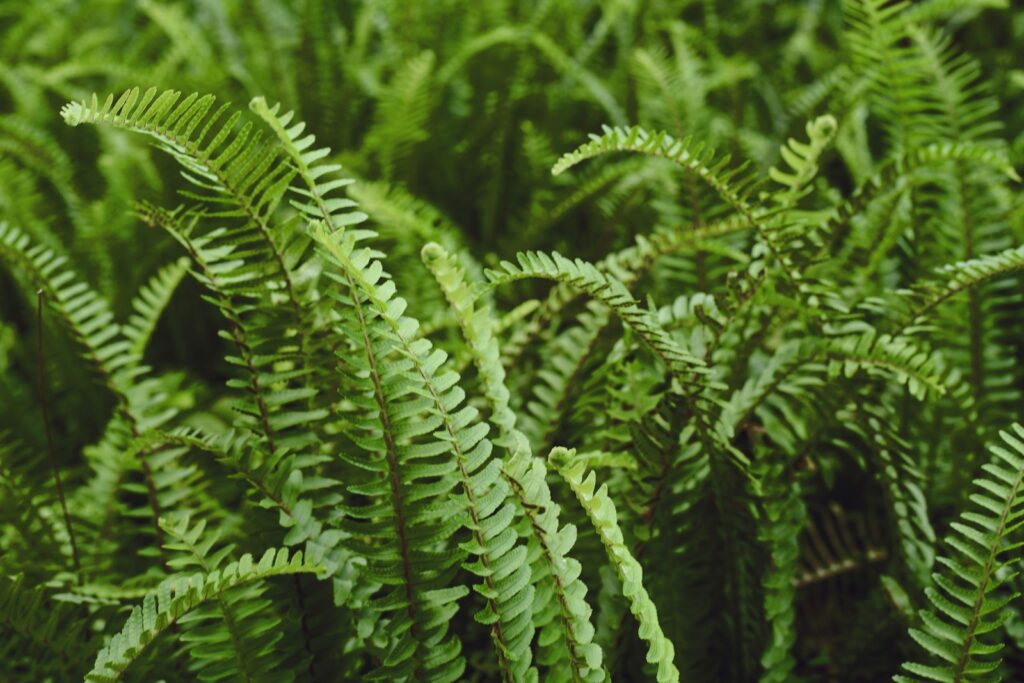
Boston ferns excel in creating lush, jungle-like environments that approximate the natural habitats of many tropical reptile species. Their feathery fronds not only provide excellent visual coverage but create multiple microhabitats within the enclosure for reptiles to explore. These ferns thrive in high humidity, actively contributing to moisture levels through transpiration while simultaneously benefiting from the misting regimens many reptiles require. Their dense growth pattern makes them ideal privacy screens where reptiles can retreat when feeling stressed or vulnerable. Boston ferns prefer indirect light and consistently moist conditions, making them particularly well-suited for rainforest species like crested geckos, day geckos, and certain arboreal snake species that share similar environmental requirements.
Bromeliads (Bromeliaceae Family)
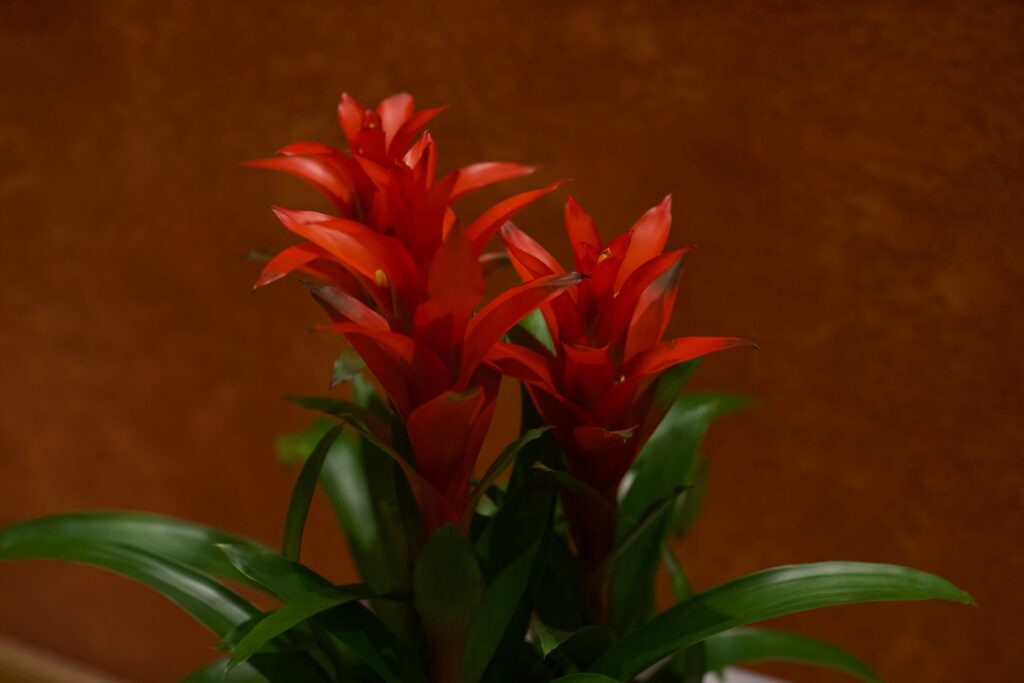
Bromeliads bring both functionality and vibrant aesthetics to reptile enclosures with their distinctive rosette growth patterns and colorful foliage or inflorescences. These tropical plants naturally collect water in their central “cups,” creating natural water sources that arboreal reptiles like dart frogs and certain geckos may utilize for drinking or bathing. Their sturdy structure provides stable climbing and basking platforms for smaller species. Many bromeliad varieties thrive in terrarium conditions with moderate to high humidity and indirect light, aligning perfectly with the requirements of numerous tropical reptile species. Their various sizes and growth habits – from earth-anchored to air-dwelling epiphytic types – allow for creative placement throughout different levels of the enclosure, adding visual interest and functional diversity to the habitat.
Haworthia and Echeveria Succulents
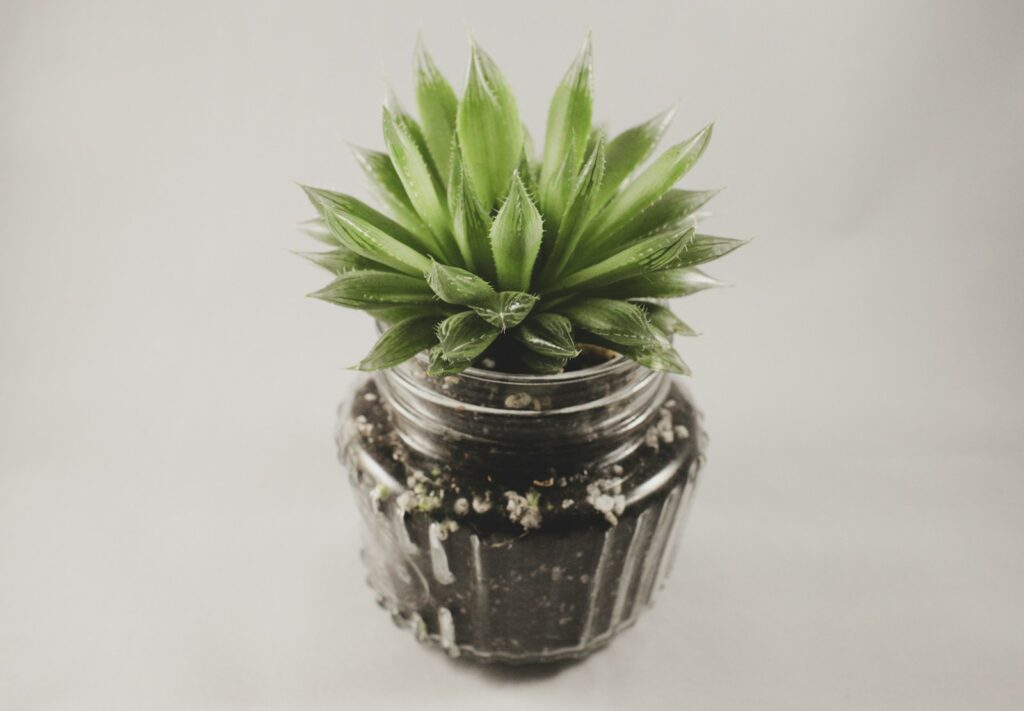
Haworthia and Echeveria succulents represent ideal plant choices for desert reptile habitats, mimicking the sparse vegetation patterns of arid environments while remaining non-toxic to inhabitants. These robust succulents store water in their thick, fleshy leaves, allowing them to withstand the dry conditions and intense heat common in desert reptile enclosures. Their low-profile rosette growth patterns won’t overcrowd smaller habitats, maintaining important open basking areas that species like bearded dragons and leopard geckos require. Unlike many other succulents with sharp spines or irritating sap, these varieties pose minimal physical hazard to reptiles that might brush against or attempt to climb them. They require minimal care beyond appropriate lighting and infrequent watering, making them practical additions that won’t significantly increase habitat maintenance requirements.
Button Fern (Pellaea rotundifolia)

Button ferns offer exceptional versatility for reptile enclosures with their compact growth habit and adaptability to various conditions. These charming plants feature small, round leaflets arranged along slender stems, creating natural hiding places and visual barriers without overwhelming the habitat. Unlike some larger fern species, button ferns maintain a manageable size, typically reaching only 12-18 inches in height, making them suitable for both small and large enclosures. They demonstrate impressive tolerance to variable humidity levels, adapting to both tropical and moderate setups, though they perform best with consistent moisture. Their fibrous root systems establish well in various substrates, including those commonly used in reptile habitats, while remaining contained enough to prevent enclosure takeover.
Rabbit’s Foot Fern (Davallia fejeensis)
Rabbit’s Foot Ferns introduce unique textural elements to reptile enclosures with their distinctive fuzzy rhizomes that resemble rabbit feet creeping across the substrate or climbing surfaces. These epiphytic ferns naturally grow on trees in tropical forests, making them ideal for mounting on backgrounds or branches in arboreal reptile habitats. Their delicate, lacy fronds create dappled shade and natural hiding spots while maintaining adequate air circulation throughout the enclosure. The aerial rhizomes not only add visual interest but also serve practical functions, absorbing atmospheric moisture and providing natural climbing structures for smaller reptiles. Their adaptability to varying light conditions, from bright indirect to moderate shade, makes them compatible with different enclosure setups, though they prefer consistent humidity similar to many tropical reptile species.
Moth Orchids (Phalaenopsis Species)
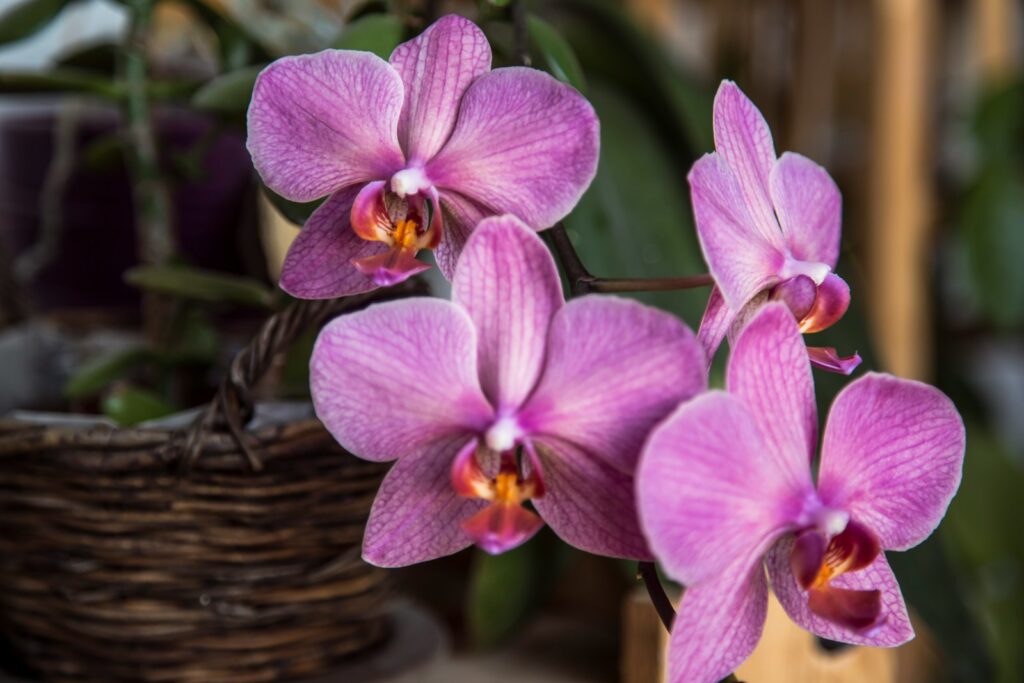
Moth orchids offer stunning visual appeal for reptile enclosures while maintaining a safe profile for inhabitants when properly mounted. These epiphytic plants naturally grow attached to trees rather than in soil, making them ideal for mounting on backgrounds, branches, or cork pieces in reptile habitats. Their aerial roots not only secure them to surfaces but also absorb moisture from the air, contributing to the naturalistic appearance of the enclosure. Phalaenopsis orchids thrive in the warm, humid conditions many tropical reptiles require, creating a symbiotic environmental relationship. Their sturdy leaves provide natural perches for smaller arboreal species, while their occasional flowering displays add spectacular temporary color variations to the habitat without requiring additional care or posing risks to residents.
Dragon Tree (Dracaena marginata)
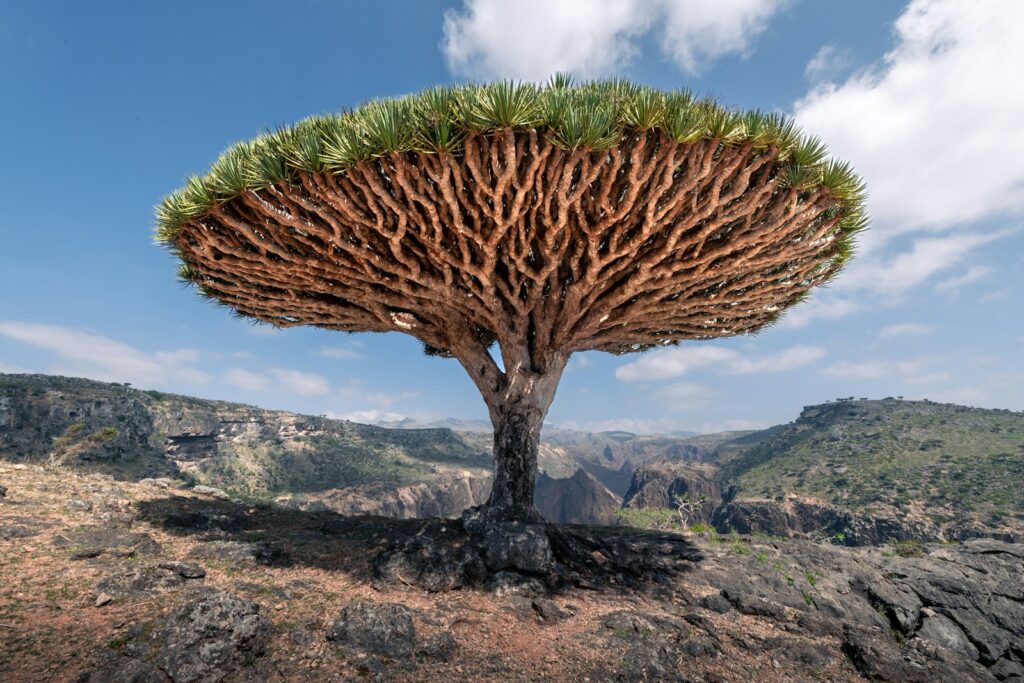
Dragon Trees provide dramatic vertical elements in larger reptile enclosures with their distinctive slender trunks and arching, sword-like foliage. These hardy plants can endure the challenging conditions sometimes present in reptile habitats, including temperature fluctuations and occasional physical disturbance. Their upright growth habit creates natural climbing opportunities and visual barriers without consuming excessive floor space, making them efficient choices for creating environmental complexity. Dracaena marginata varieties come in different leaf colorations, including green-edged with red, adding aesthetic variety to the enclosure design. While generally safe in reptile habitats, keepers should ensure proper placement away from heat sources and basking areas, as the leaves can scorch under intense heat, potentially releasing irritants into the enclosure.
Preparing Plants for Reptile Enclosures
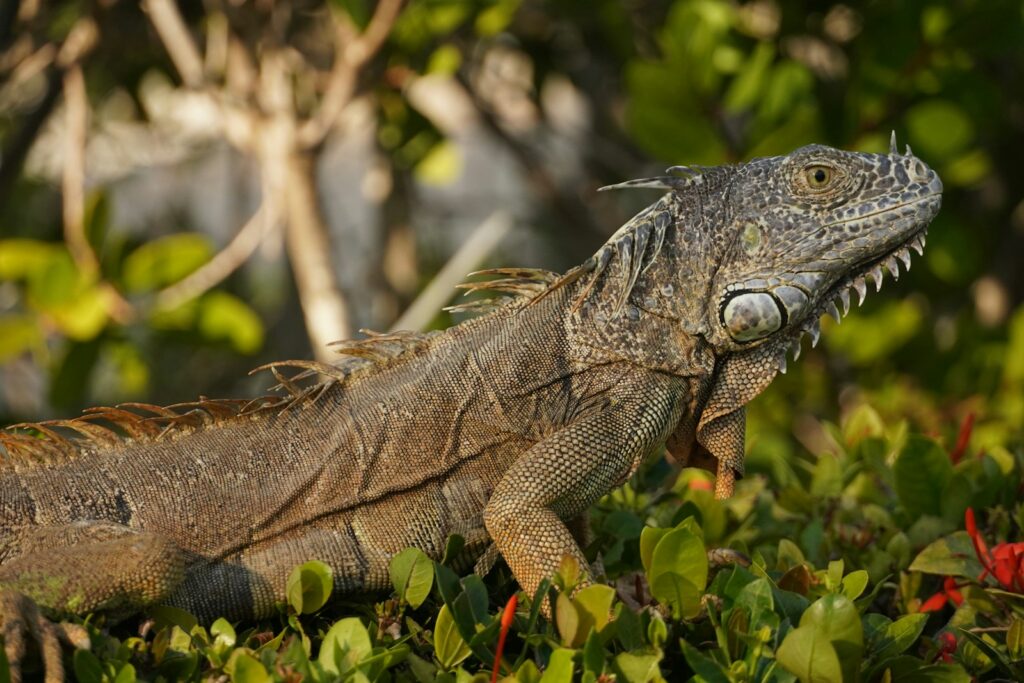
Proper preparation of plants before introduction to reptile habitats is crucial for maintaining a safe environment. Begin by purchasing plants from reputable sources that don’t treat their inventory with pesticides or growth regulators that could harm reptiles. Remove all nursery soil from plant roots, as commercial potting mixes often contain fertilizers, pesticides, and fungicides dangerous to reptiles. Thoroughly rinse the entire plant, including stems and leaf undersides, using lukewarm water to remove any residues or hitchhiking pests. Many experienced keepers implement a quarantine period of 2-4 weeks, keeping new plants in a separate container with appropriate reptile-safe substrate before introduction to the main enclosure. For added safety, especially with herbivorous species, consider growing plants from seeds or cuttings rather than purchasing mature plants that might carry chemical treatments.
Plants to Absolutely Avoid in Reptile Enclosures

Certain plants should never be introduced to reptile enclosures due to their high toxicity or physical dangers. Dieffenbachia (Dumb Cane) contains calcium oxalate crystals that cause severe mouth and digestive tract irritation, potentially leading to suffocation in extreme cases. All parts of lilies (Lilium species) contain compounds highly toxic to reptiles, potentially causing kidney failure even in small amounts. Philodendrons, popular as houseplants, contain insoluble calcium oxalates that can cause immediate pain, swelling, and long-term digestive damage if ingested. Plants with thorns or sharp edges, such as roses or certain cacti, pose physical injury risks even if non-toxic. Additionally, avoid plants traditionally used as insect repellents (like citronella) as these contain volatile oils that can irritate reptiles’ sensitive respiratory systems and potentially disrupt their ability to detect prey or environmental cues.
Maintaining a Healthy Plant-Reptile Balance
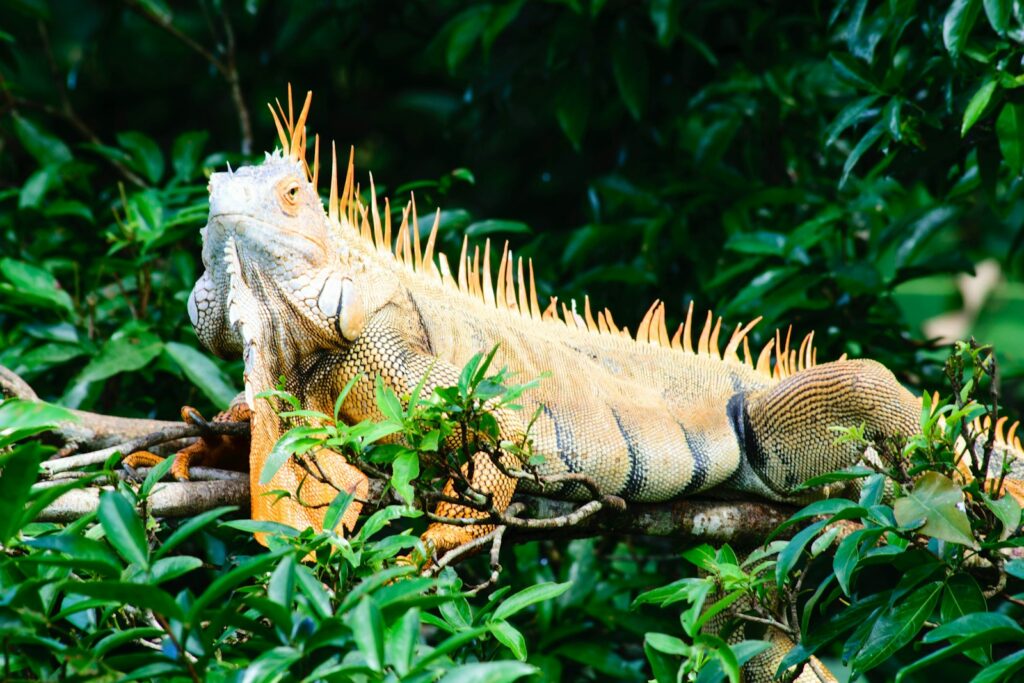
Achieving harmony between plants and reptiles requires ongoing attention to the dynamic relationship between these living elements of the habitat. Regular monitoring is essential to ensure plants aren’t showing signs of stress or disease that could affect habitat quality or reptile health. Establish a rotation system where plants are periodically moved between the enclosure and a recovery area, allowing them to recuperate from the challenging conditions inside the habitat. Consider using plant pots buried in the substrate rather than direct planting for easier maintenance and to prevent root systems from dominating the enclosure. Adjust watering and misting schedules to balance the needs of both plants and reptiles, recognizing that these requirements may change seasonally or as plants and animals grow. Finally, maintain proper lighting that supports both plant photosynthesis and reptile physiological needs, using full-spectrum lights that benefit both organisms in the shared ecosystem.
Conclusion

Creating a naturalistic reptile enclosure with live plants requires thoughtful selection and preparation, but the benefits are substantial. The right plants not only enhance the visual appeal of your reptile’s home but also contribute to physical and psychological well-being through improved air quality, natural humidity regulation, and environmental enrichment. By focusing on non-toxic species that complement your reptile’s habitat requirements, you’ll create a thriving miniature ecosystem that better approximates natural conditions. Remember that each reptile species has unique needs, so always research compatibility specifically for your pet. With proper selection and maintenance, plants become more than decorative elements – they become integral components of a living habitat that supports your reptile’s health and natural behaviors for years to come.






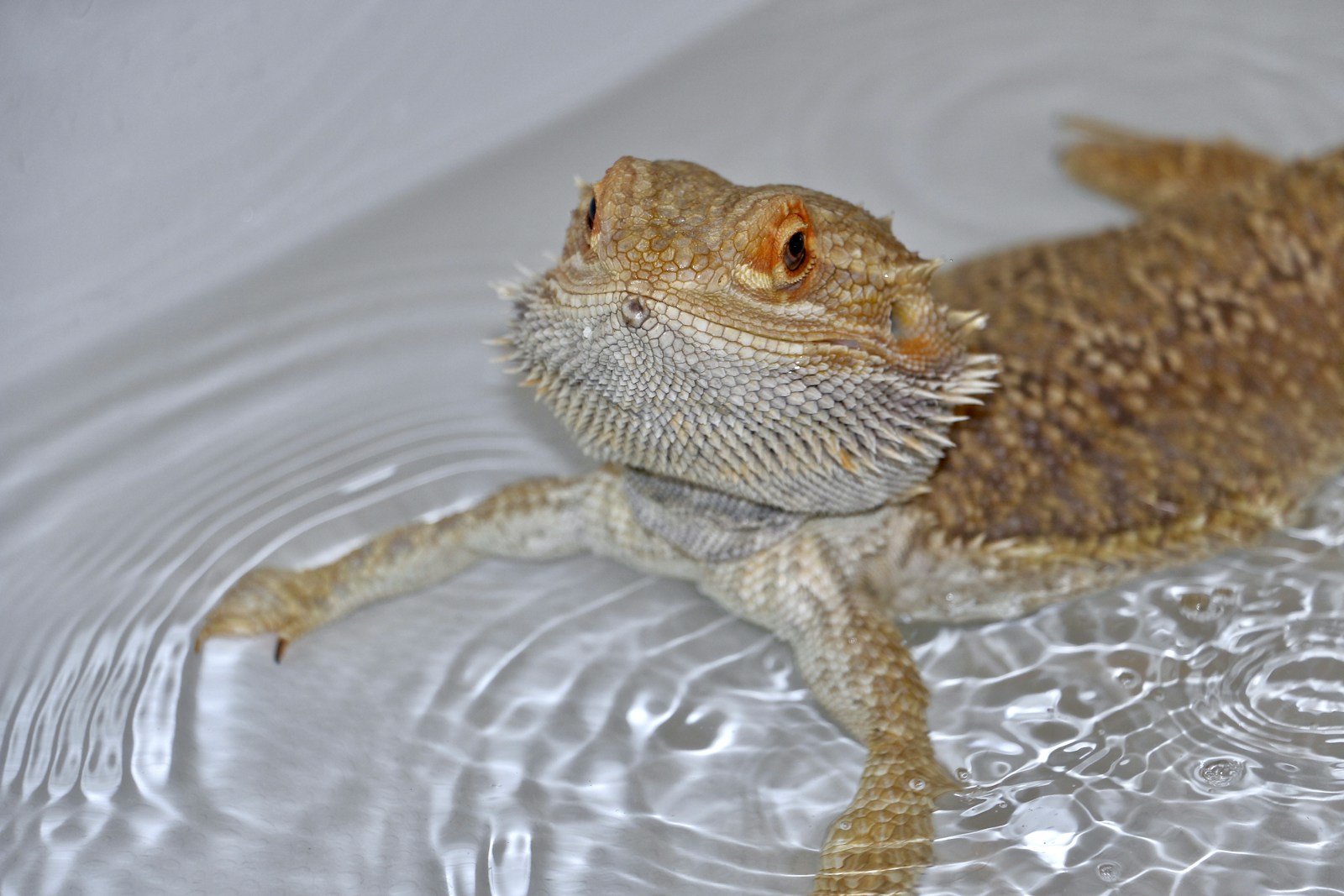
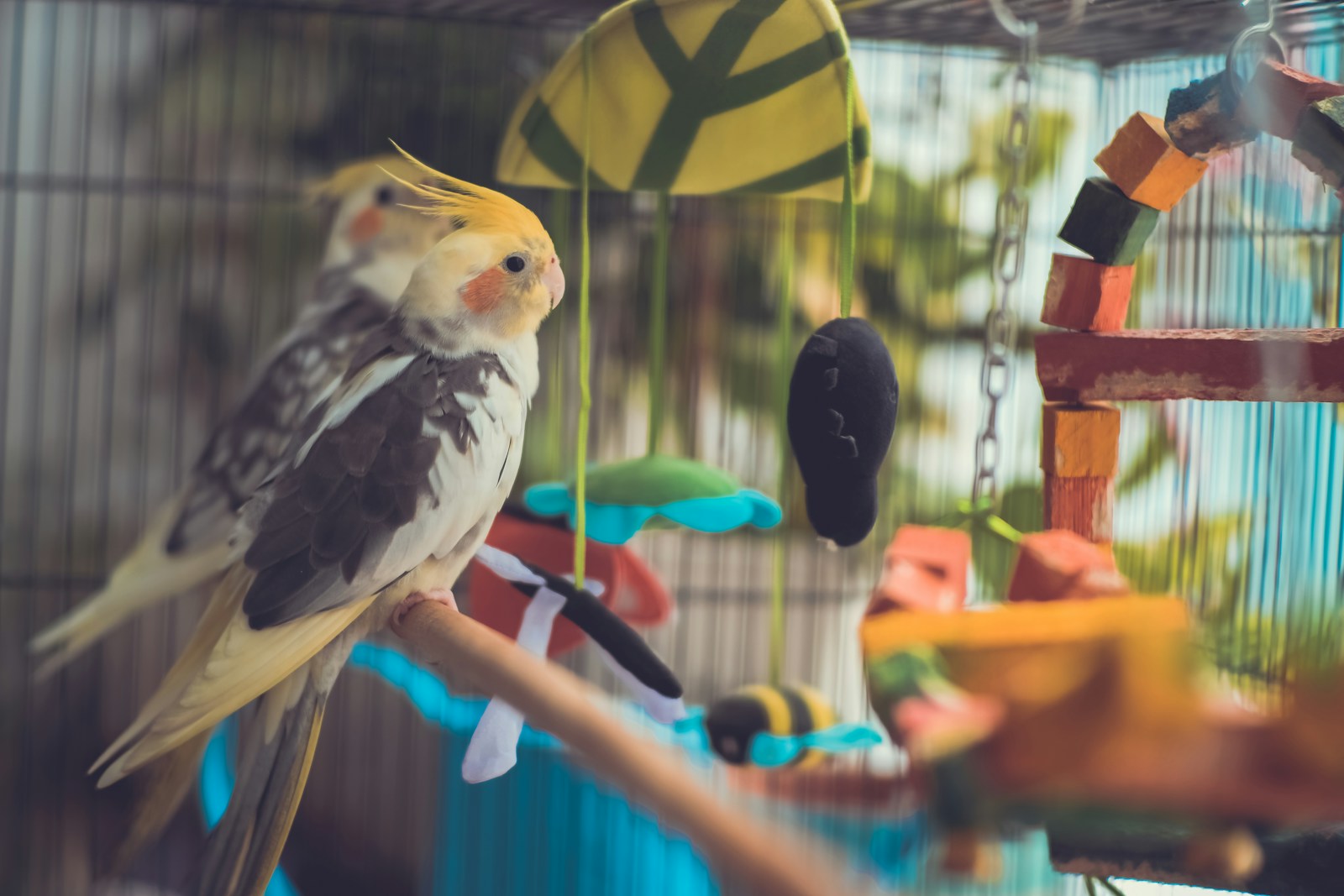



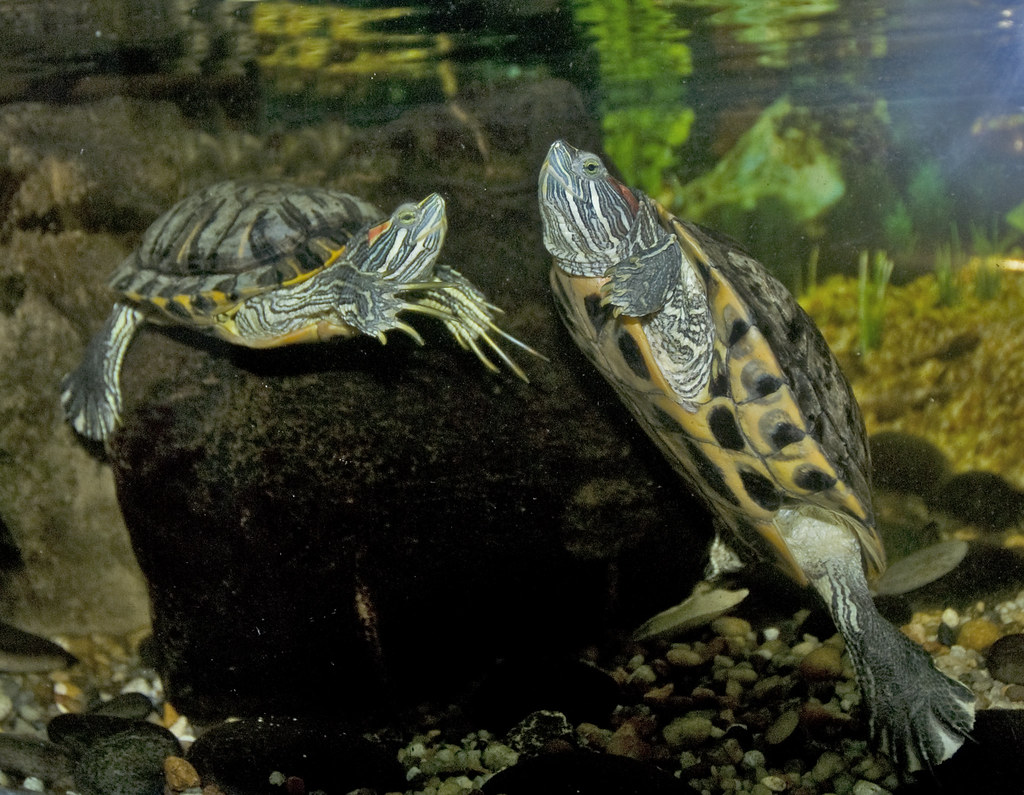




Leave a Reply